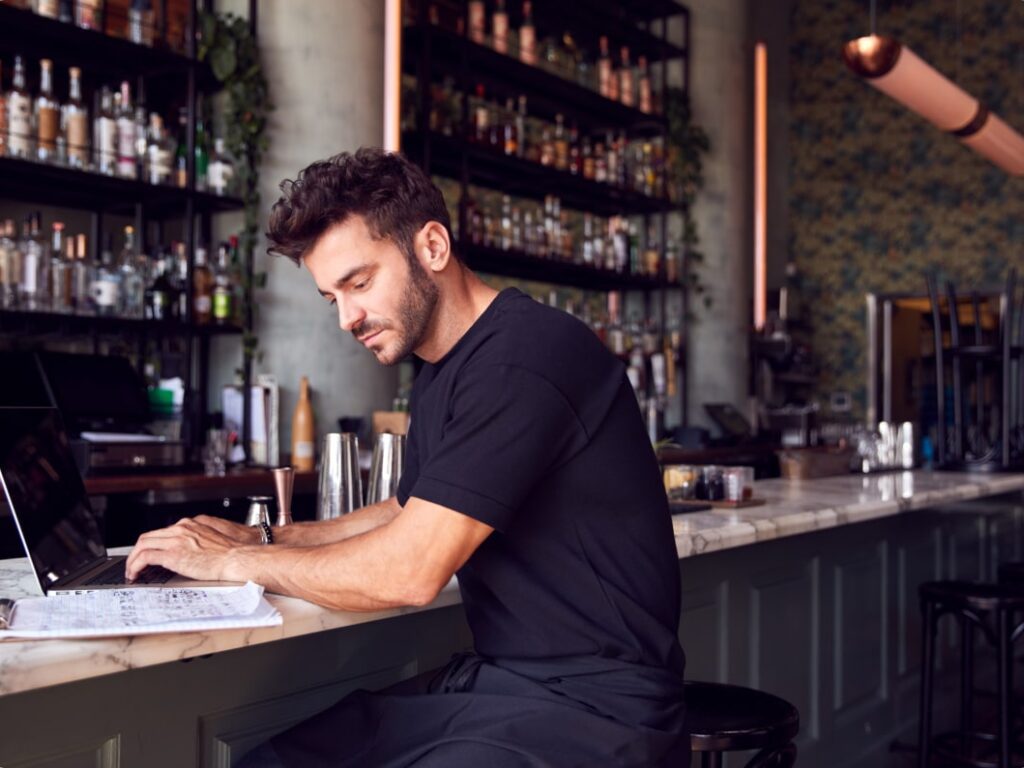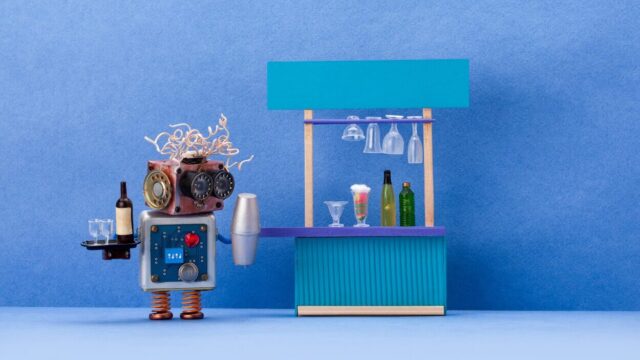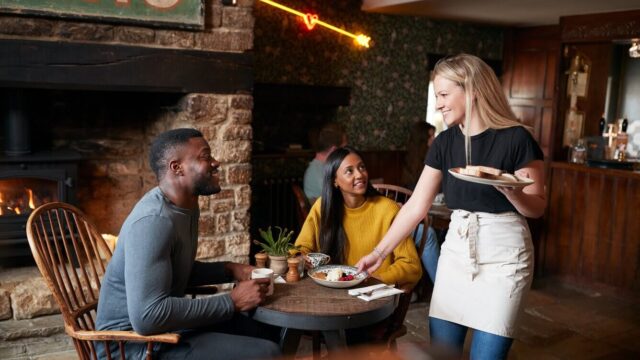What do Netflix, Spotify, and Amazon have in common? They are using the power of customer data to personalize experiences for each and every customer. If you have been in the restaurant business for a while, it is like leveling up the personalized experiences you offered the loyal dining room customers you knew “back in the day.”
However, due to changing consumer habits, with more and more customers demanding tailored services, tech-savvy patrons looking for digital-first experiences, and the shift to online ordering, curbside pick-up, and delivery, restaurateurs are finding it increasingly difficult to provide that one-of-a-kind VIP experience throughout multiple new sales channels.
Seamless, relevant experiences will be key to staying in the game and winning over more loyal customers. In fact, according to a recent study, 83% of consumers want brands to understand them better and anticipate their needs. And personalization pays. Analyses show that personalization at scale can lift sales by several percentage points and decrease marketing costs by up to 20%.
Capturing and leveraging individual patron preferences is therefore the path forward to stand out, out-edge local competition, and stay in business.
The big chains have already begun to address the challenge head-on using very sophisticated technology. For example, McDonald’s announced in 2019 its biggest acquisition in 20 years. It acquired Dynamic Yield, a company that developed personalization algorithms and decision-logic technology, for USD $300 million. The acquisition is part of the brand’s long-term digital transformation strategy to use artificial intelligence (AI) to serve up distinct menu items and promotions to prompt customers to opt for upsells. What’s more, thanks to AI, McDonald’s will likely use the data to better understand customer interests and access predictive analytics to kickstart sales and improve profits.
Sales benefits of restaurant personalization
There are several very specific benefits to personalizing your customers’ restaurant experience, regardless of the channel they prefer. With customer data, you can:
- Incite more visits from both repeat and new customers with promotions and rewards based on their preferences and past purchases
- Send customized marketing campaigns to drive more revenues from online orders or on-premise dining
- Offer tailored menus or limited-time offers based on customer profiles
- Dynamically changing pricing, menu items, and upsells based on the time of day, weather, period of the year, past orders, etc.
- Provide VIP guest experiences—online and offline
- Train and empower staff to use information during all customer-facing interactions with your restaurant, thereby facilitating upselling and service
- Predict your diners’ behavior and trends
Operational benefits of restaurant personalization
- Ensure customer ordering and increased waiter efficiency
- Reduce staff training times
- Optimize/track inventory to cut both food costs and waste, all while ensuring the availability of hot-ticket items
- Fine-tune your marketing investments so that you leverage the strategies that actually generate a good ROI
How does a restaurant start its journey towards personalization?
Think that this trend is still lightning years away? Worried that collecting customer data is too time-intensive or intrusive? Balking at having to fiddle with complicated tech?
There is a saner way. Restaurateurs of all types and sizes can implement a personalization strategy and a stellar digital restaurant experience without breaking the bank.
It starts with using your existing infrastructure in place and then scaling. Start small and work your way up.
Take a look at what technology platforms you already have, such as your POS, online ordering platform, mobile app, website, CRM, guest management software, loyalty/rewards program, kitchen display system, social media, and marketing tools. What data are you currently collecting with each of them?
For example, your POS, online ordering system, and mobile app can probably give you insights as to purchasing information, transaction history, allergies, etc. How often do you check out your loyalty/rewards program to see what type of individual customer data sets you have, like birthdays, join anniversaries, or recent activities? What marketing communications tools do you use to actually capture data to begin with, such as email addresses, mobile phone numbers, etc. All of these initial assessments are important to determine where your restaurant is landed in the customer data and personalization journey.
Ideally, your outsourced technology provider or in-house IT team should help you to unify your platforms, if possible, to get them “talking” to one another and sharing data to simplify personalization efforts. If this appears to be too daunting, take a step back and work on a few quick wins to up your personalization game, be it collecting patrons’ email addresses, switching online ordering platforms that offer easy ways to personalize upselling recommendations, or acquiring an affordable CRM with marketing automation and customer segmentation capabilities.
Next, map out your ideal customer journey using the platforms you already have in place. It doesn’t have to be complicated. Each platform is either a customer touchpoint, whereby you can glean insights or data, or a means to facilitate personalization.
For example, your website may be the perfect tool to get customers to sign up for your newsletter and identify what type of info they would like to receive. Your online ordering platform could be programmed to display carefully curated menu selections based on customer profiles. Your newsletter could be sent out in different versions—one with promotions for vegetarians and another for families with small children.
A word of caution: if your restaurant currently relies heavily on third-party apps (aka online marketplaces), keep in mind that those systems keep your customer data for their sales and marketing initiatives. It is well-documented that restaurants lose control of their customer data and relationships to online delivery marketplaces, as a case in point. Naturally, restaurants want to drive sales traffic using online marketplaces; however, this is not a sustainable strategy towards personalizing customer experiences and tantalizing them to come back to your establishment for more. Use your third-party delivery apps as a springboard to generate initial sales from customers—but ultimately, in order to collect customer data and analytics, you should drive them to your branded online ordering platforms.
In a nutshell, it is all about customer data. No data, no personalization. At first, you may identify a lot of gaps, like not having your customers’ emails. If this is the case, get creative to develop tactics to acquire them: encourage your front-of-the-house staff to ask guests for their emails in exchange for access to exclusive promotions. Incentivize your online ordering customers to update their preferences and receive some mouth-watering freebies. Mine your loyalty/rewards program to figure out what is helping to drive your bottom line and what is lagging behind in terms of customer engagement. There are many opportunities to use the wealth of data you currently have and build from there.
Restaurateurs should undertake their personalization efforts with a test-and-learn approach. Pick one or two experiences that you can personalize and that will generate a positive impact. Test the effectiveness of the idea, monitor metrics, and then expand to other ideas based on time and budget. You’ll be surprised at how a little personalization can go a long way!

Subscribe to our newsletter for the latest insights in restaurant management
By clicking the button above, you agree that UEAT will use your information to contact you about relevant products, content and events. You can unsubscribe from these communications at any time. For more information, see our Privacy Policy.



